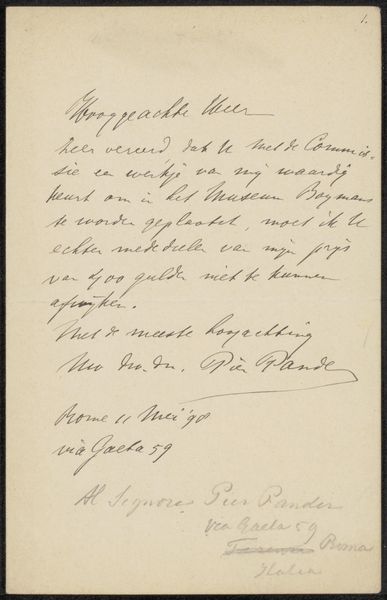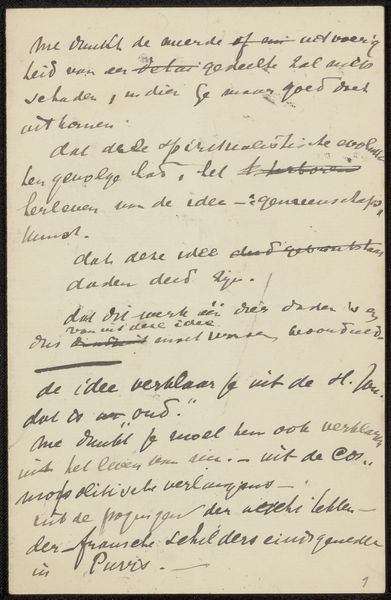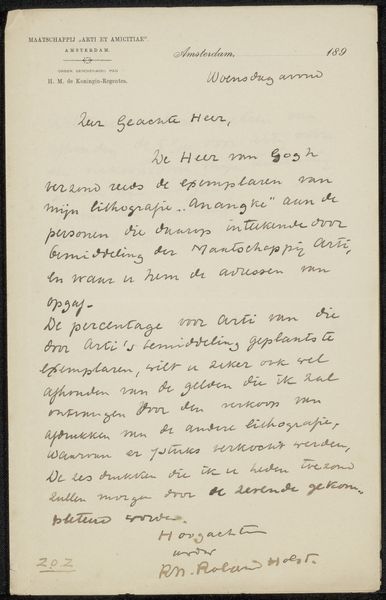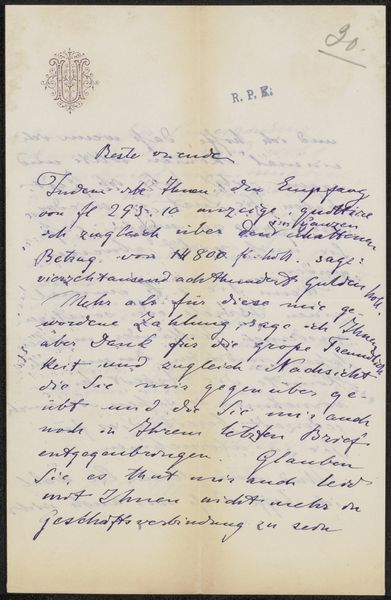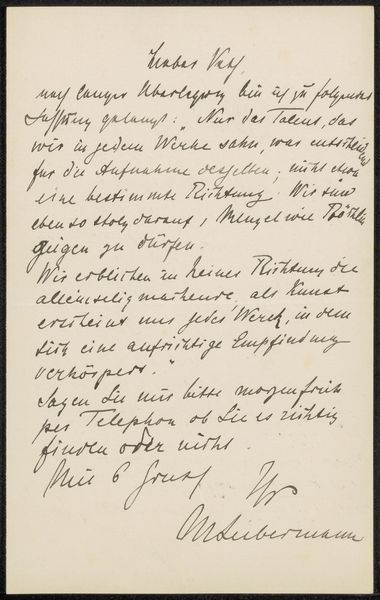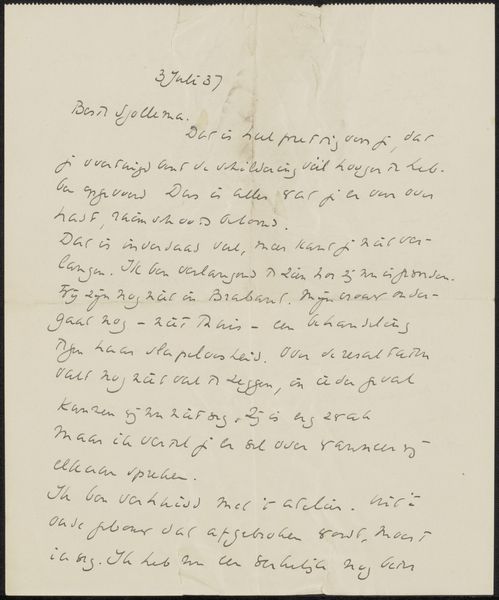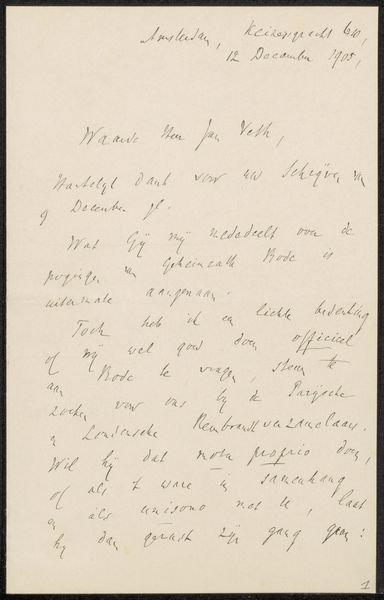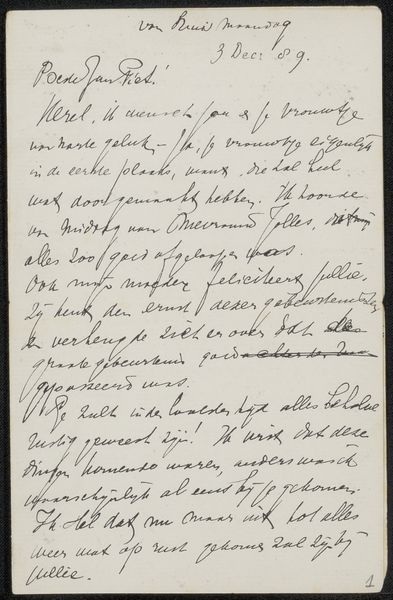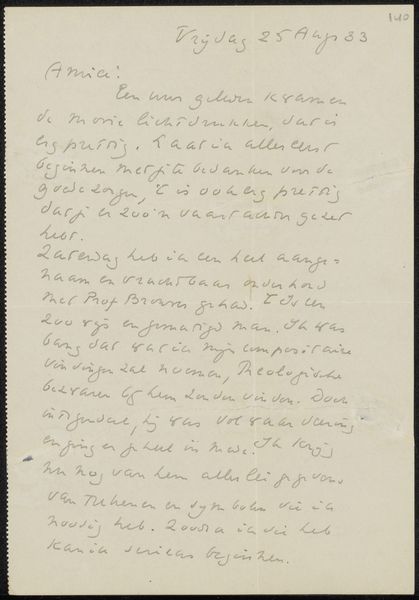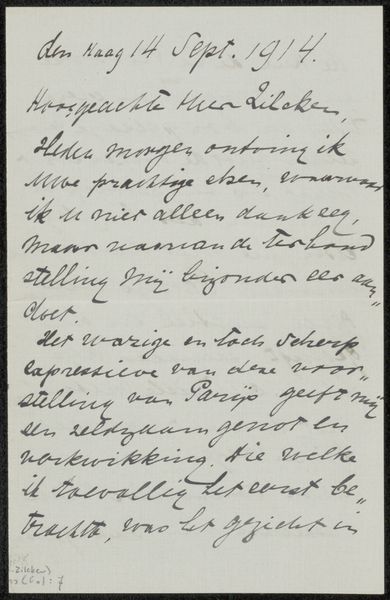
drawing, paper, photography, ink
#
portrait
#
drawing
#
hand-lettering
#
hand drawn type
#
hand lettering
#
paper
#
photography
#
ink
Copyright: Rijks Museum: Open Domain
Editor: This is a fascinating piece from the Rijksmuseum titled "Brief aan Jan Veth" by Max Liebermann, potentially from 1903 to 1911. It appears to be an ink drawing, maybe incorporating photography, on paper. The hand-lettering gives it a very personal feel. What jumps out at you when you look at this? Curator: As a materialist, what immediately grabs my attention is the means of its production. This isn't just visual art; it’s an artifact reflecting a social relationship. Consider the materiality: ink, paper, potentially a photographic element. These were commodities produced and circulated within a specific economic system. Editor: So, you’re thinking about the context of how it was made and circulated, more than just its aesthetic value? Curator: Precisely. Liebermann chose to communicate in this way. The handwriting itself—laborious, unique—conveys meaning. Think about the sender's social standing versus the recipient's. The letterhead from 'Hotel Hamdorf' signifies location and status. What kind of relationship do you think Liebermann has with Veth to merit this specific paper for the communication? Editor: Good point. It’s not just the content of the letter but also the physical object that matters. I hadn’t considered the significance of the hotel stationery and the implications of material choices at the time. It makes you think about access and privilege in a new way. Curator: Exactly! By analyzing these material choices and the social context surrounding their production and exchange, we move beyond traditional art historical interpretations. Instead of searching for artistic genius, we investigate networks of labor, materiality, and social exchange that brought this object into being.
Comments
No comments
Be the first to comment and join the conversation on the ultimate creative platform.

